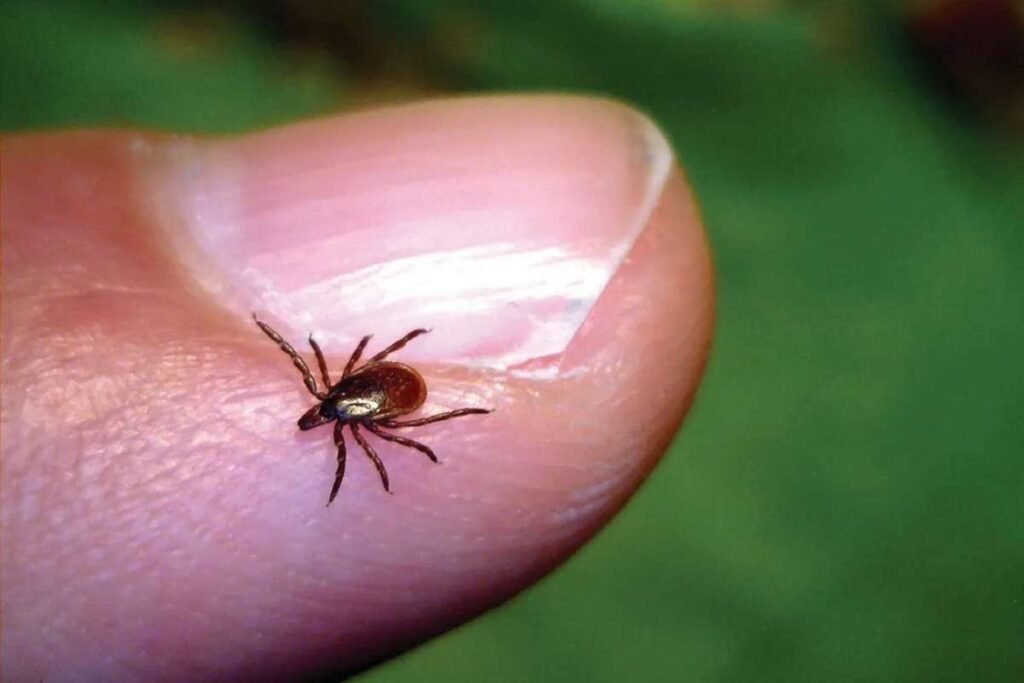With warmer temperatures encouraging more outdoor activities, the Rockland County Department of Health has issued a public alert urging residents to take preventive measures against tick-borne illness bites. As spring transitions into summer, health officials are particularly concerned about the heightened risk of tick-borne diseases such as Lyme disease, Anaplasmosis, Babesiosis, Ehrlichiosis, and the less common but potentially deadly Powassan virus.
Rockland County, located in New York’s Hudson Valley, remains a hotspot for blacklegged ticks (commonly known as deer ticks), which are known carriers of several infectious diseases. Lyme disease, in particular, continues to be the most prevalent tick-borne illness in the state.
“Just like us, ticks become more active during warm weather,” stated Dr. Mary Leahy, Commissioner of Health for Rockland County. “Fortunately, prevention is within our control. Taking small, proactive steps can go a long way in protecting you and your family from serious illness.”
Tips to Stay Safe: From Trail to Home
To minimize the risk of tick exposure, health officials have outlined several practical tips for the public. One of the most effective strategies is avoiding areas where ticks are commonly found. These include tall grassy fields, dense brush, and stone walls. When hiking or walking outdoors, it is best to stay centered on clear, well-marked trails.
Protective clothing is another key line of defense. Experts recommend wearing long-sleeved shirts and long pants in light colors to easily spot any ticks. Tucking pants into socks and shirts into pants helps create a physical barrier against the pests. Additionally, applying EPA-registered insect repellents specifically designed for ticks can offer an added layer of protection. Just be sure to follow the instructions on the product label.
Equally important is conducting thorough tick checks after spending time outdoors. Ticks are often tiny and can go unnoticed, especially in areas like the scalp, behind the ears, under the arms, and around the waistband. Health officials recommend brushing off clothing and performing full-body checks within two hours of coming indoors.
If a tick is found, the best way to remove it is by using fine-tipped tweezers to pull it straight out, avoiding twisting or crushing the tick. This method helps reduce the chance of the tick transmitting any bacteria or viruses.
Tick-Borne Illnesses: Early Detection Is Critical- Know the Symptoms
In the event that a tick is discovered on a person, child, or pet, it’s crucial to monitor closely for symptoms in the days that follow. Warning signs of a tick-borne illness can include a skin rash, fever, chills, muscle aches, and general flu-like symptoms. These may appear days or even weeks after the bite.
The Rockland County Department of Health emphasizes the importance of seeking prompt medical attention if symptoms develop. Early diagnosis and treatment with antibiotics can prevent long-term health complications, particularly with illnesses like Lyme disease.
As outdoor recreation increases this season, local health officials hope heightened awareness and basic precautions will help keep residents safe while they enjoy the natural beauty of the region.









